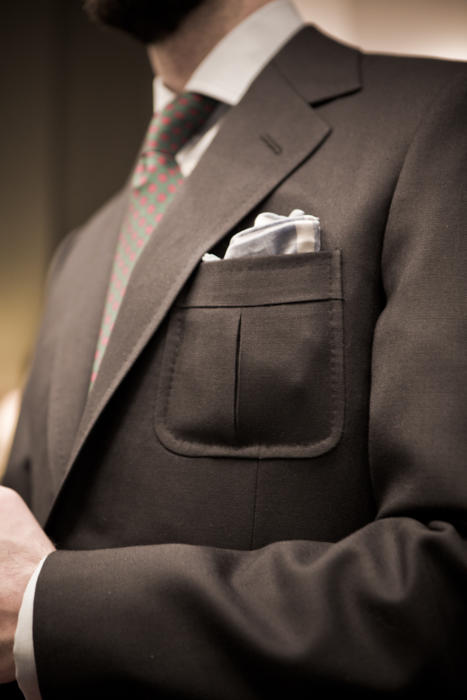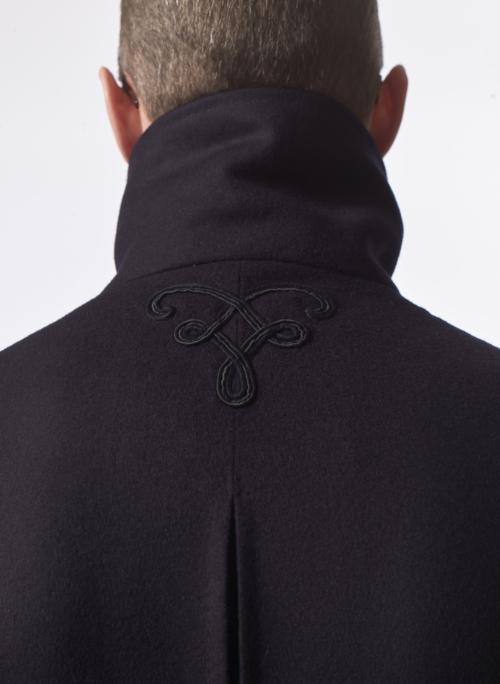There are certain articles that arise from readers asking about a topic again and again. Or rather from the fact that when they ask, I don’t have an obvious place to point them to, so I have to repeat the same advice. This is one of these articles.
Suits are expensive, and always have been. These days a good one is even more expensive relatively, as it’s likely to be worn less.
Faced with this, it’s natural that a reader thinks, how can I get the most out of this suit? Maybe if I get one that I can wear as separates, I’ll wear it more and it will be worth the money. All I need to do is find the right material and style so the suit can be broken up.
The reasoning is understandable, but it’s fraught with danger. Most suit materials don’t make good jackets. As explained in the jackets section of our Guide to Cloth, suit materials are usually woven more densely to create a sharper look. That’s fine for trousers, but not usually for jackets.
A suit that can be broken up and worn separately – something I termed the ‘three-way suit’ a while ago – is possible. But usually only in quite specific materials, and those aren’t usually what our reasoning reader wants.

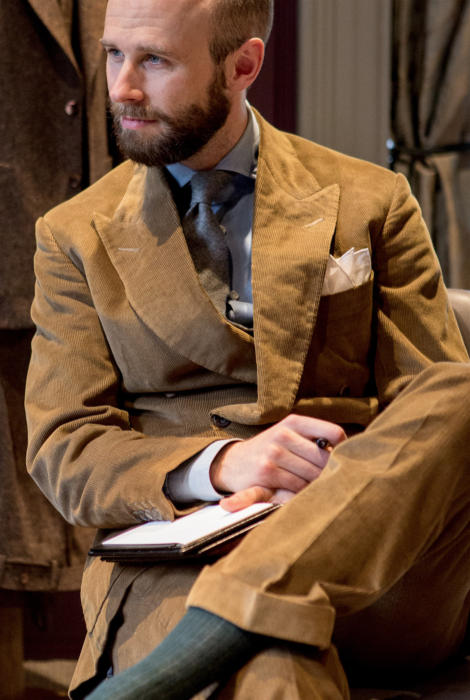
The easiest materials for a three-way suit are casual ones, particularly cottons.
Corduroy is fine, as a corduroy jacket would be made the same as a corduroy suit. Arguably a soft cord isn’t great for trousers and a stiff one doesn’t make a great jacket, but you can usually find a balance.
Smooth cottons like gabardine are usually fine too, like my Caliendo suit. Seersucker also. Design and structure matters, because my Suzuki cotton suit doesn’t work as a separate jacket, but it’s not too hard to get that right. I’ve given advice on this lower down.
Linen is a good option, because again a linen jacket and suit would be made from the same material. Associations often play a role here – we’re very used to seeing smart linen jackets and trousers, as well as suits.
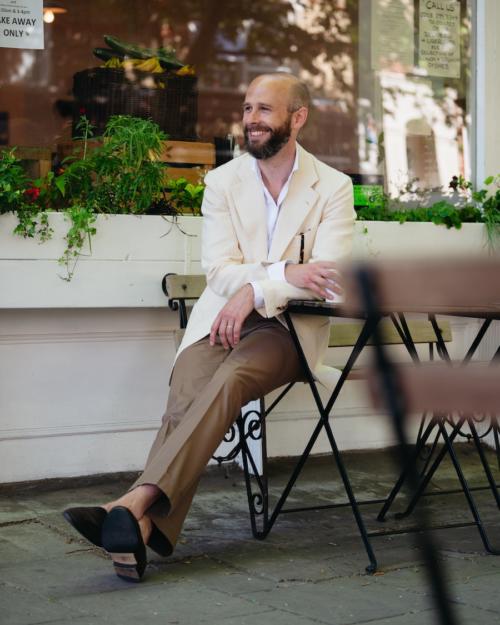
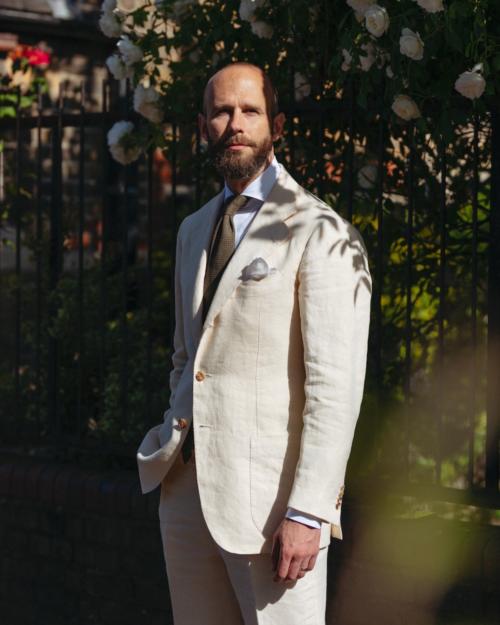
The list of materials that don’t work is longer.
Fine worsted wools, like most suits use, don’t work because the density and smooth finish make the jacket look like part of a suit.
Flannel is better because it has more texture, but again it’s usually made to be a suit or trouser material and looks odd as a jacket on its own. Some softer flannels can be OK, but then the trousers are often a let down.
Tweed usually makes a better jacket – I made a suit out of tweed with the Anthology and the trousers don’t perform that well; you have to press them every couple of wears. The only tweeds that definitely work are the heavy, traditional shooting tweeds. They’re stiff enough to make good trousers, but then they’re not what everyone wants in a tweed jacket.
Wool/silk/linen mixes are the same, just in summer – they’re better for a jacket than a suit. As with many of these things, this is a specific mistake I’ve made myself – originally making trousers to go with this jacket.
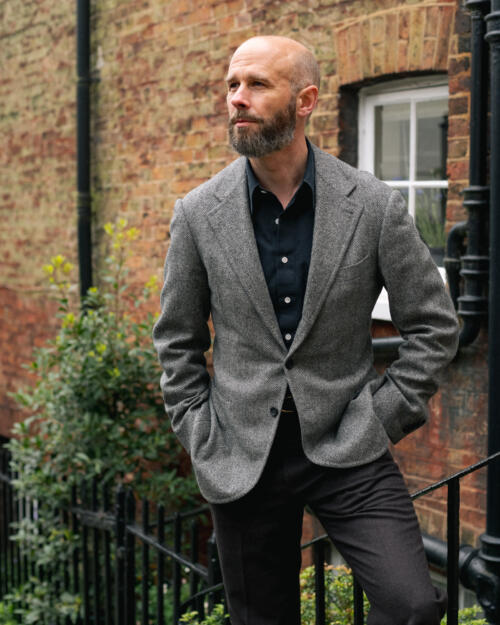

The smart material that has the most potential is hopsack. This is usually a summer suiting, a weave of wool that is rather breathable and smart. The jacketing equivalent is usually mock leno or mesh, but hopsack can have enough texture to work for both.
I’ve seen this done well by a few people, one being Alex Natt, who talked in this interview about the hopsack suit he had made by The Anthology (shown below). The hopsack jacket I had made by Kathryn Sargent when she was at Gieves here could also have worked with matching trousers.
Associations help with navy hopsack, as a smart navy blazer is something we’re used to and it’s easy to get away with a little more sharpness. In a brown it wouldn’t be the same.
Alex’s cloth was from Standeven, 27033. Mine from Kathryn Sargent was from Holland & Sherry but is no longer in production. They’re both a little coarser and more textured, and I’d avoid the smoother, more Italian versions such as those used for my Paolo Martorano jackets. They’re too soft for trousers.
The only downside of hopsack is that it’s mostly a summer cloth, so even in a heavier weight you’d struggle to wear it through a London winter, never mind a New York one. But it could stretch to three seasons in most places.


As mentioned, design and structure also help here.
A navy hopsack jacket in a softer structure – eg Neapolitan – is a little easier than a structured English one. Casual details like brown buttons rather than black help too, and you could go for patch pockets rather than flaps.
But there is a balance here, as the jacket still has to look like part of a suit when you wear the trousers with it. Some design elements would push things too far, such as gold buttons or very pale horn.
My personal choice would be a softer make, dark-brown buttons and flapped pockets. If you have any doubts, stay safe with the pockets and experiment with the buttons – the latter can be changed easily, the former can’t.
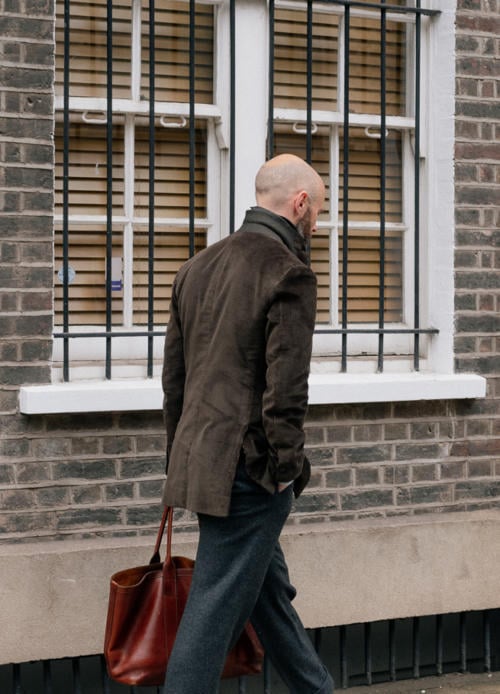

Most of time when I get asked about this topic, the commenter is just someone starting out – or just starting to invest money in their clothing. This means versatility is at a premium, but it also means they’re relatively inexperienced.
That’s why, in a two-sentence comment, I usually caution against a ‘three-way suit’. The risk is too high that they’ll end up with something that doesn’t quite work in any of the three ways. I’m not sure any of my tailoring ‘experiments’ (travel jackets, tweed waistcoats, embroidery) have really paid off in the long run.
But if they do want to go ahead, I’d push a reader towards hopsack or a casual material like corduroy or linen. And if anyone thinks they’ve had success with more cold-weather materials, please let us know.
Emilie Hawtin has also written well about this for women.
Those experiments:
